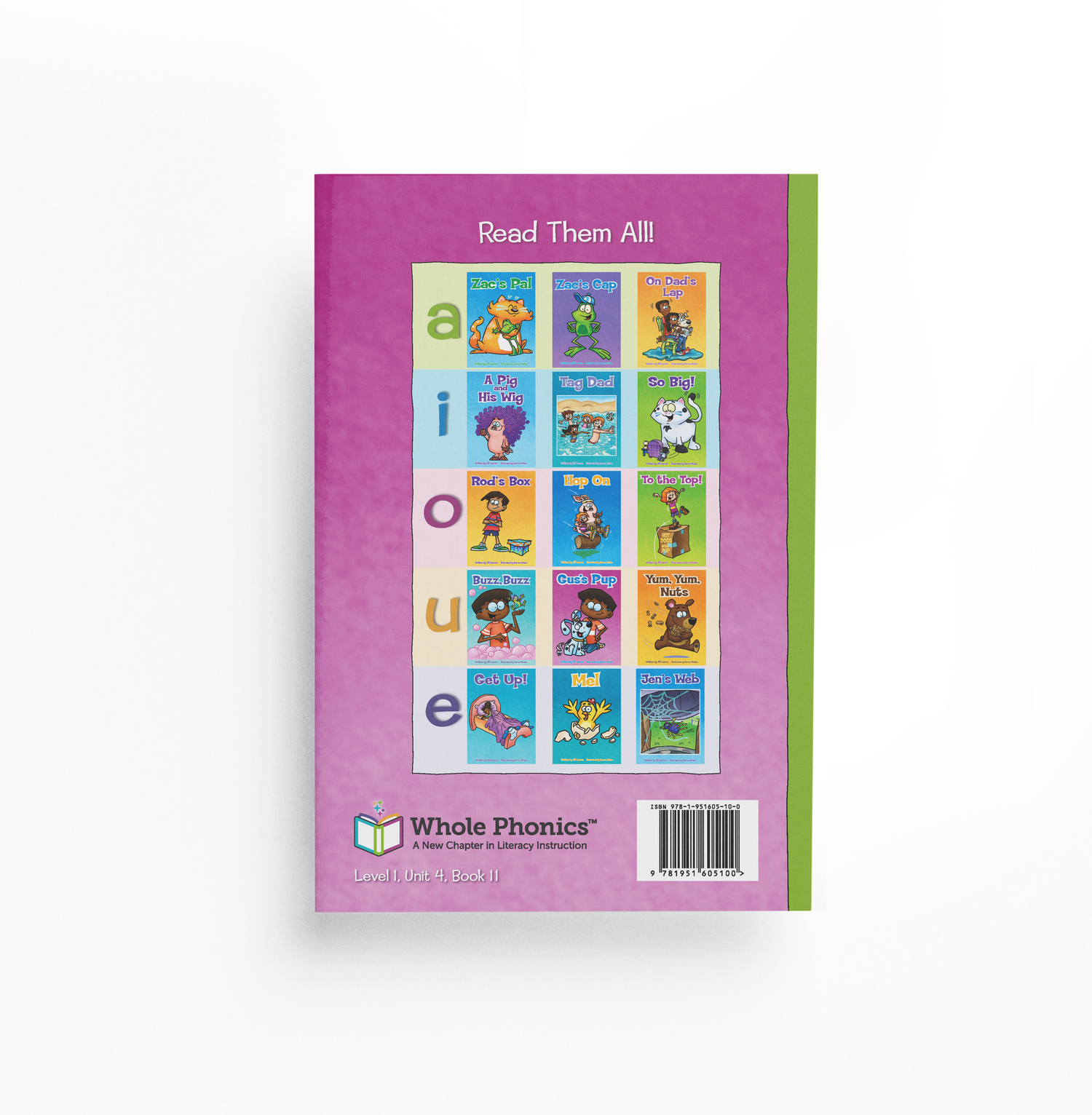
Level One is fun, vibrant, and essential for most beginning readers. In te first level of Whole Phonics, we cover the five short vowel sounds (/ă/ /ĭ/ /ŏ/ /ŭ/ /ĕ/). The instruction of the five short vowels is powerful. Just under 50% of syllables in the English language contain short vowels (Moats & Tolman, 2009).
Three decodable books and one accompanying story companion workbook are dedicated to each short vowel. Our story companion workbooks include a variety of reading and spelling activities as well as high frequency word practice, that are all closely intertwined with the plot of the books! Within the workbook, there is also one game dedicated to each book. All Level One readers and workbooks are identified by a unifying color: green.
Meet Some of Our Level One Characters
-

Liz
-
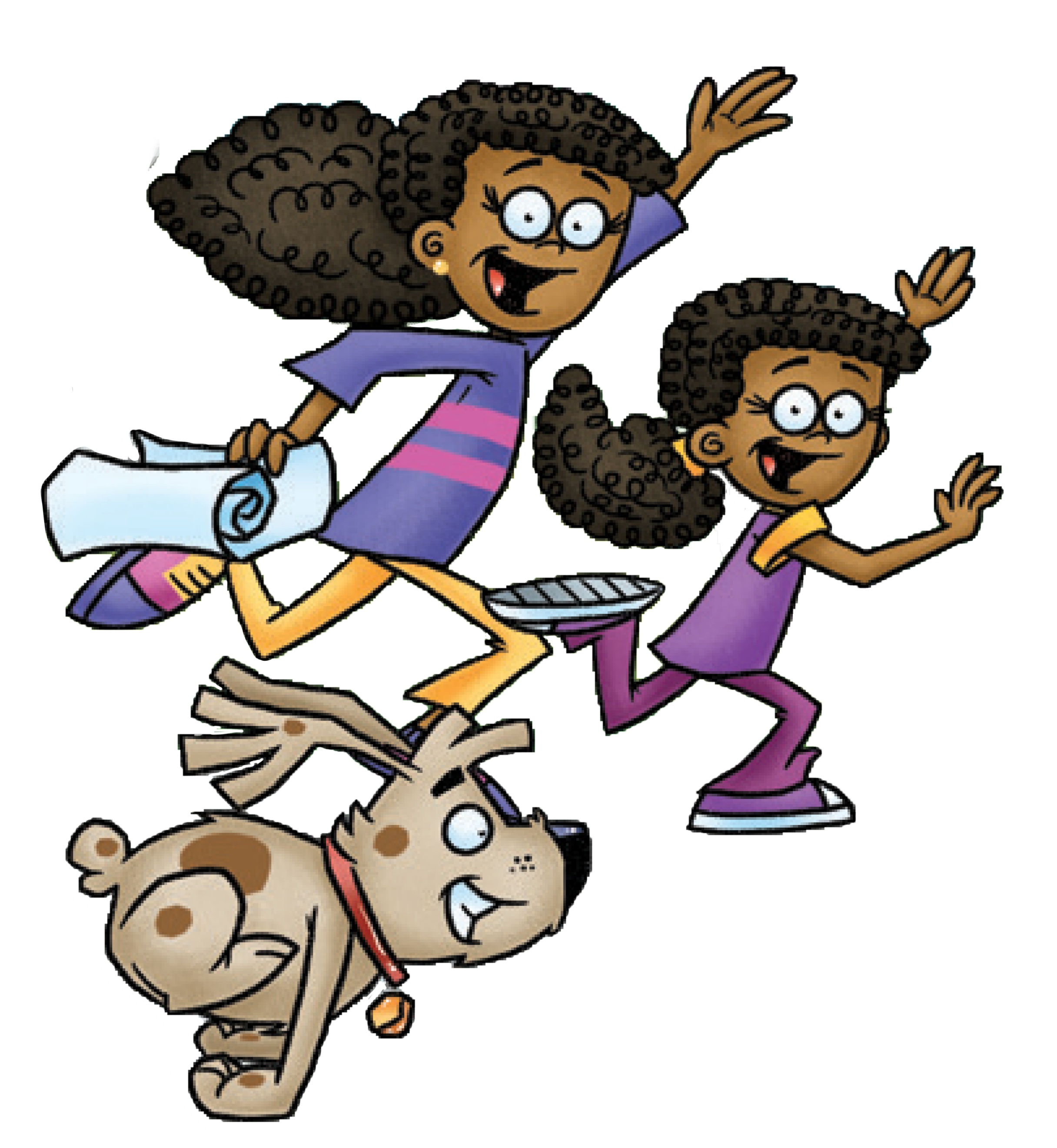
Meg and Ann
-
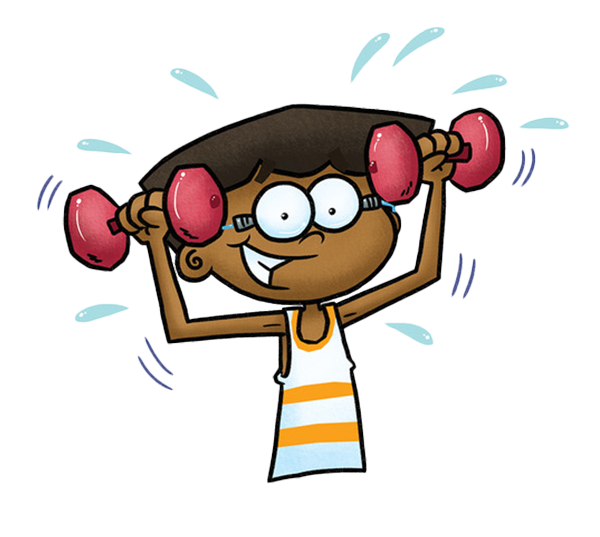
Gus
-

Zac
-
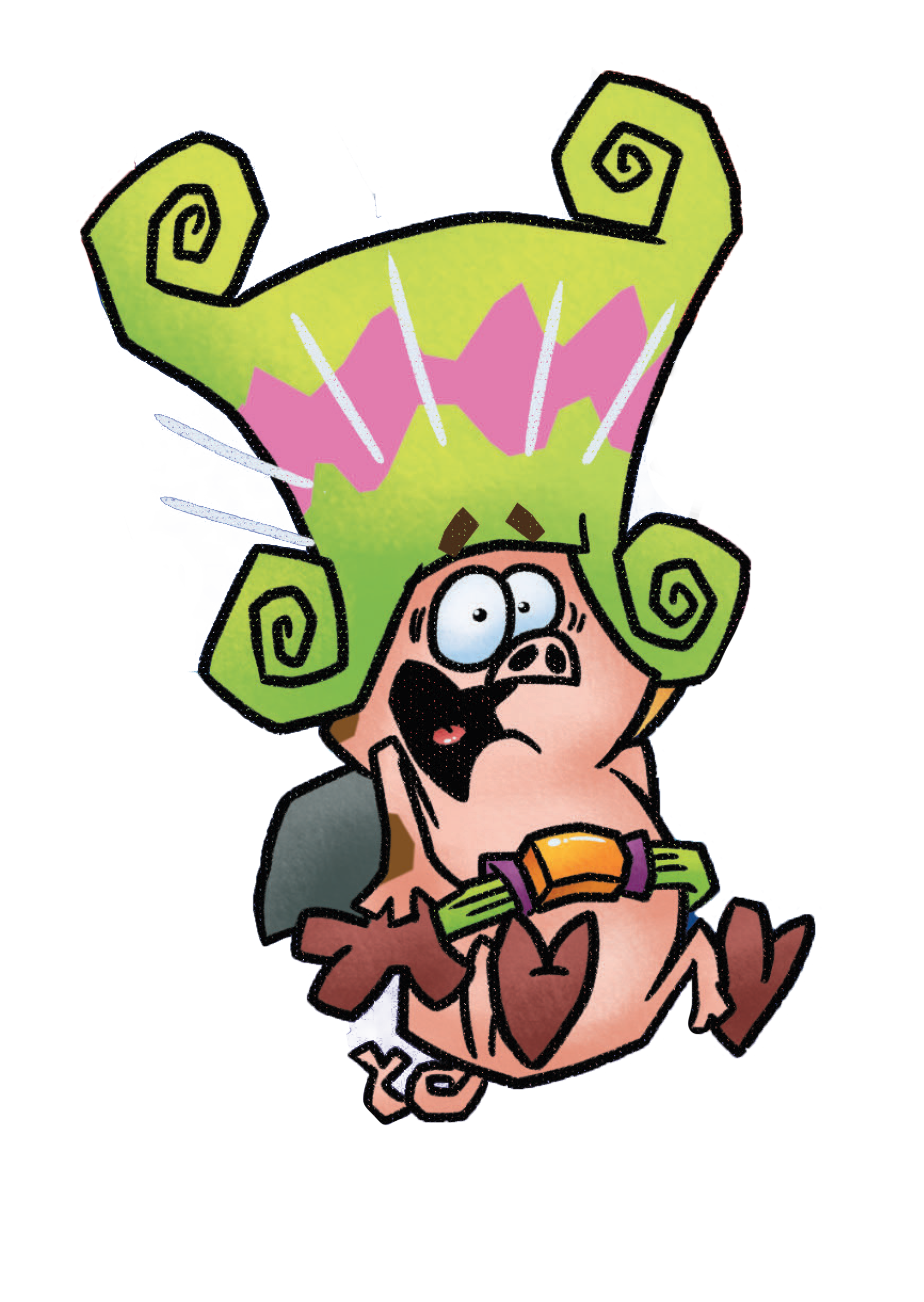
Tim
-

Bud
The Level One Decodable Books
Each decodable book has a target sound (like short a or short i) that is emphasized throughout the book to provide students with ample practice reading that new sound in context. Our program is also cumulative, and all previously introduced skills are revisited. Therefore, if you select a “short e” decodable book (from Unit 5), be sure that the students have learned and can decode words with short a, i, o, and u (from Units 1 to 4).
We introduce one to three “high-frequency words” per book, some of which are temporarily irregular while others are not. We have chosen our high-frequency words according to their frequency of use. Eight out of the ten most used high-frequency words in the English language are taught in Level One. Special vocabulary words have also been selected for each book to ensure that children have the opportunity to preview and learn words that may be unfamiliar to them.
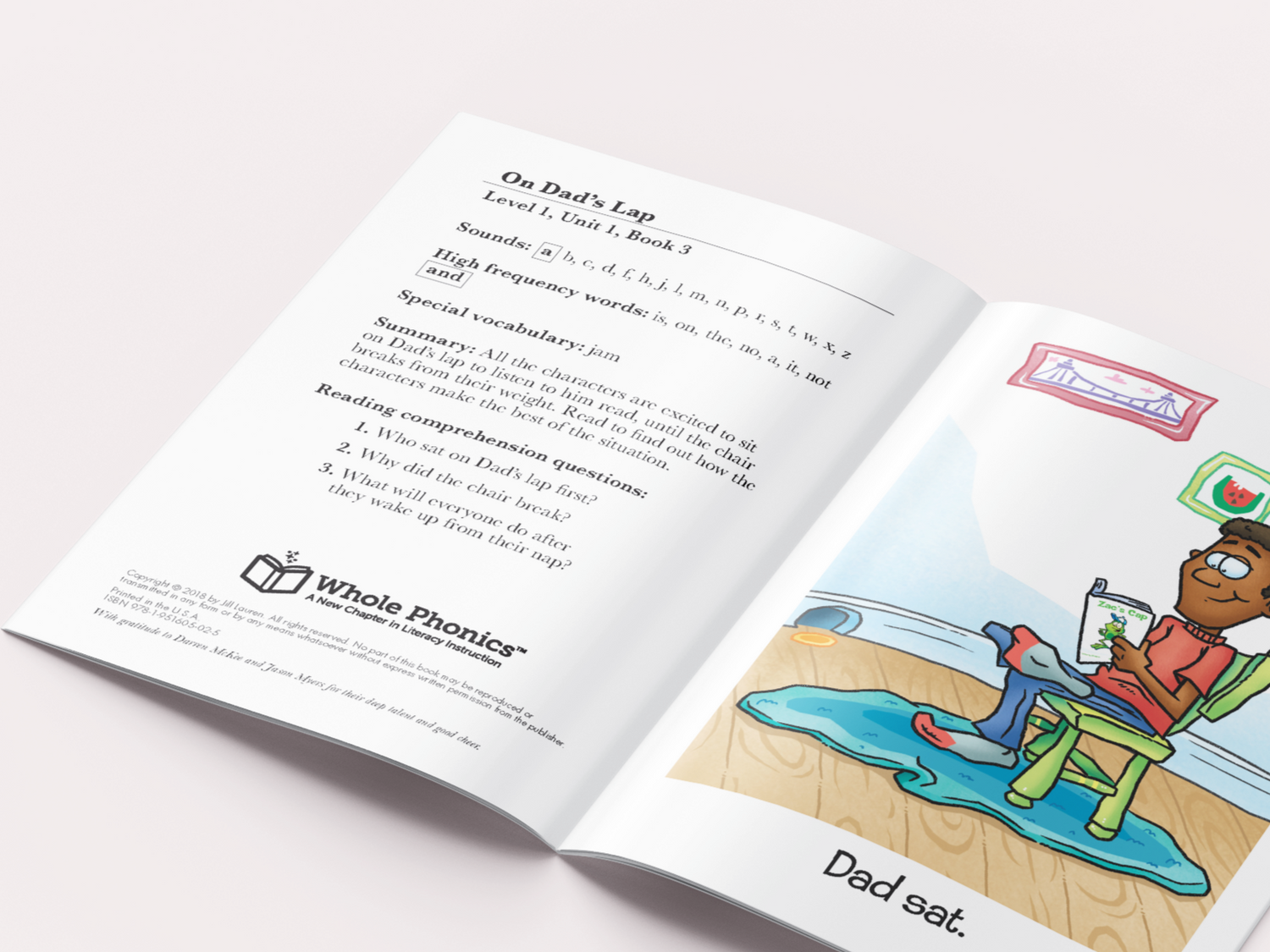
Lastly, each decodable book includes three reading comprehension questions, which range from factual to analytical. A factual question will provide insight into a student's ability to recall details from the text, like “Who hopped to the top of the box?” An analytical question requires students to think beyond the text and will likely elicit different responses from students. For example, an analytical question may ask, “Why is it not a good idea to climb without an adult around?”
For your convenience, the sounds, high frequency words, special vocabulary, and comprehension questions can be found on the front inside cover of each book (note: new sounds and high frequency words will be boxed and bolded).
The Level One Workbooks
We offer three types of workbooks:
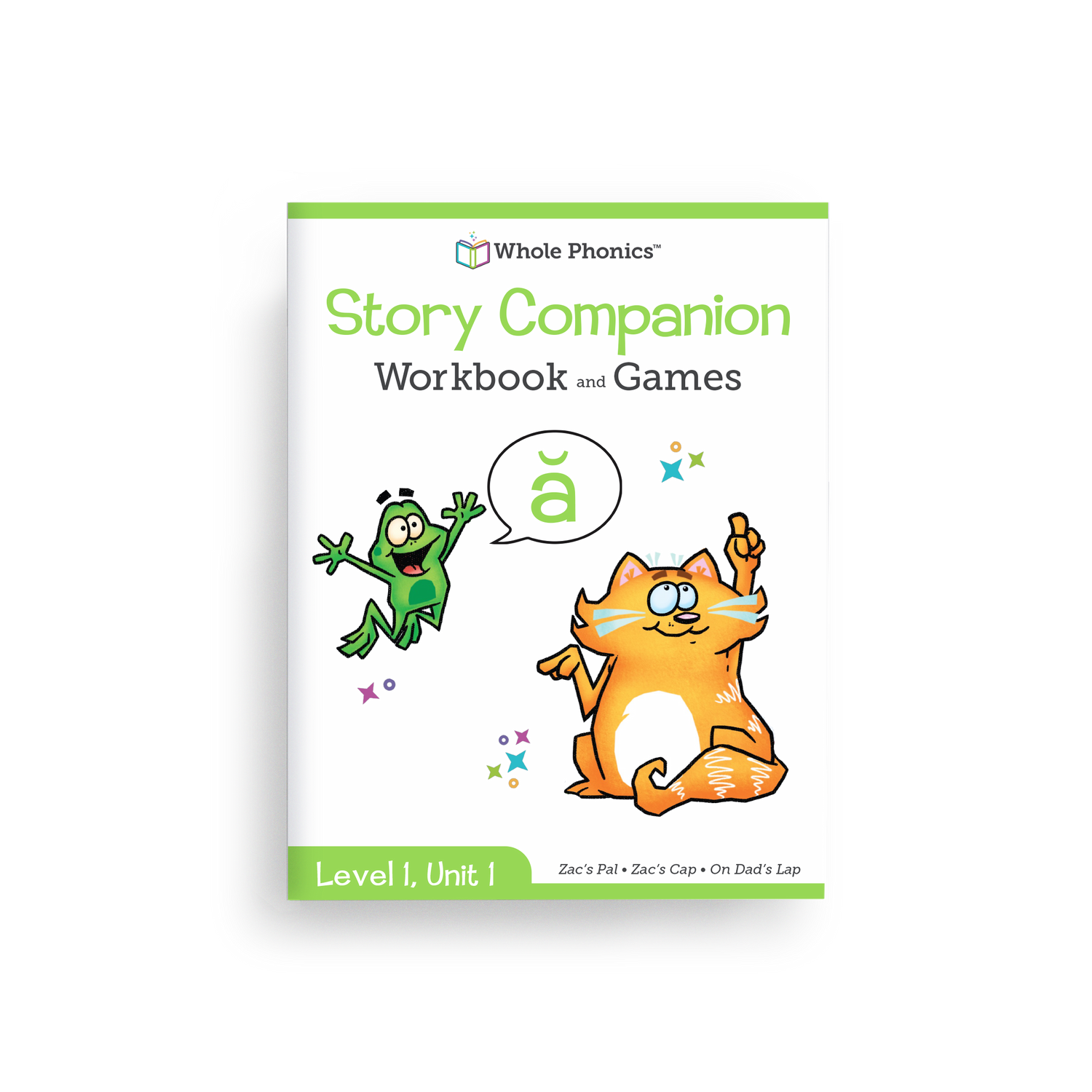
Story Companion Workbook and Games
Each book has dedicated workbook pages that practice decoding, encoding, and reading comprehension. Practice activities for high frequency words are also included. One game accompanies each book.
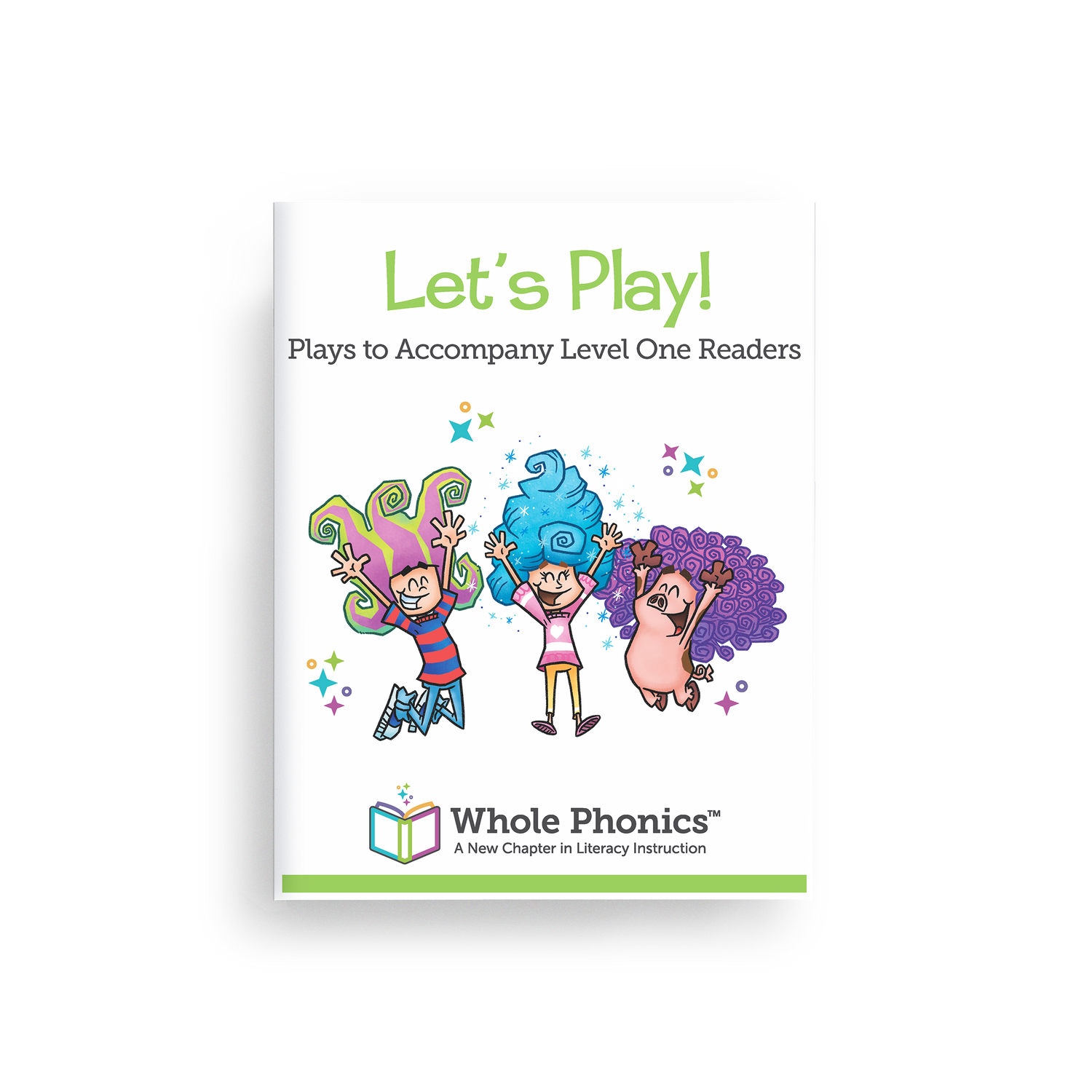
Let's Play!
This workbook includes 15 plays adapted from the 15 decodable books in Level One. The plays represent an engaging way to build reading fluency, allowing children to develop better reading comprehension through meaningful repeated reading.
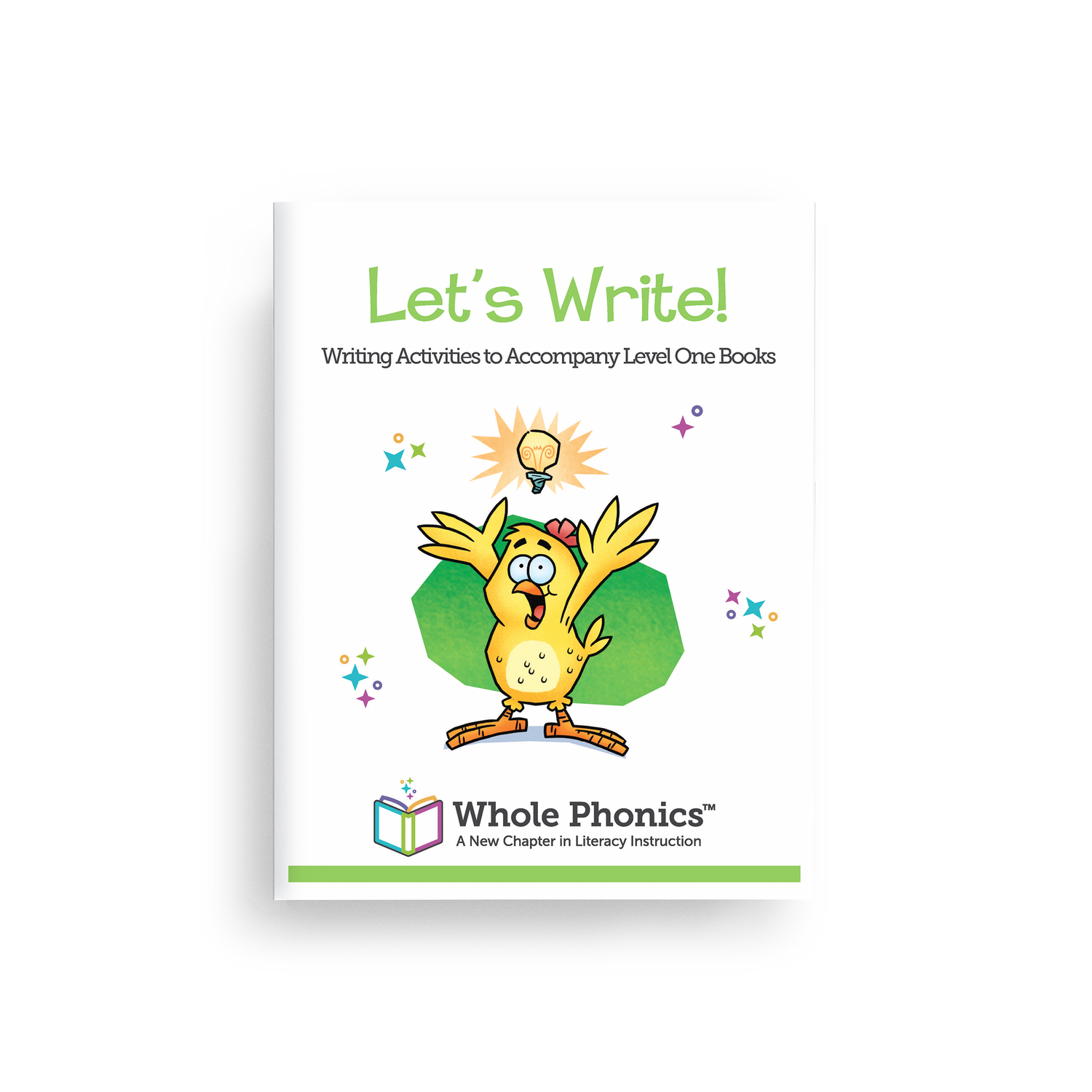
Let’s Write!
This workbook includes 15 writing activities to accompany each 15 Level One decodable books. Let’s Write is a wonderful resource for teachers looking to pair writing activities with their decodable book lessons.
Who is Level One for?
Our decodable books and workbooks are designed for instructional purposes, whether in the classroom or at home, for additional practice. Decodable books are an excellent way to practice specific phonics skills and build reading fluency in the context of full-length books. Similarly, the abundance of workbook activities supports meaningful practice at home or at school. Teachers, the workbook pages can also be used in centers, for independent work, or sent home for homework.
References
Moats, L, & Tolman, C (2009). Spellography for Teachers: How English Spelling Works






